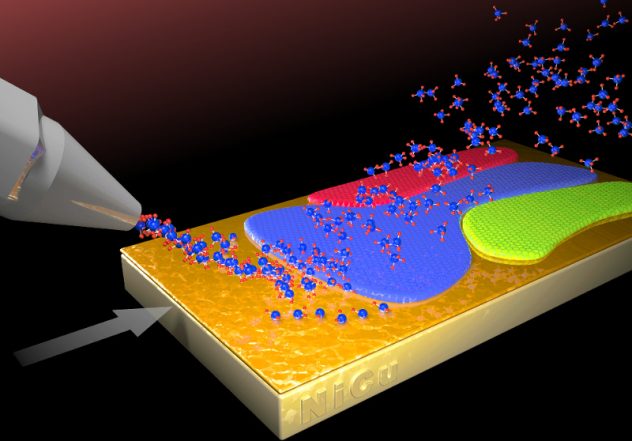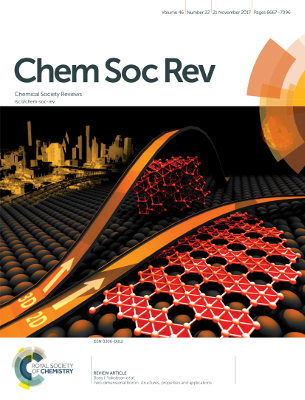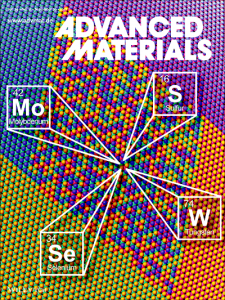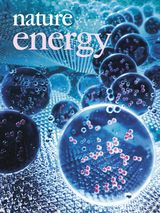School of Engineering celebrates faculty and staff
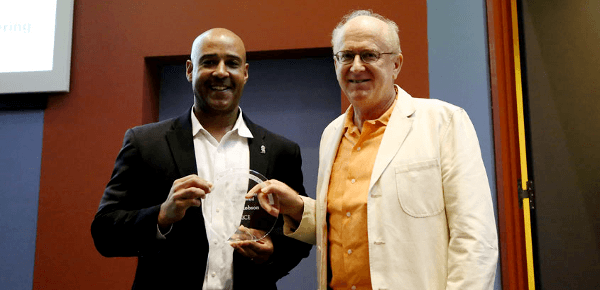
The 2019 Outstanding Faculty Research Award is awarded to a faculty member who most contributed to highly impactful publications or publicly available software, based on research conducted at Rice and published/developed during the period January 1, 2014, to December 31, 2018.
Prof. Yakobson has 4 patents and has published ~350 journal papers with more than 32,000 citations and an h-index of 86. Among the 20 Rice faculty profiles on Google Scholar with highest total number of citations, he is one of the top-three with the highest citations growth, ~600/yr, for the period 2013–2017. Yakobson’s Research Group maintains a vivid research group website that has been visited over this period by ~25,000 users from ~110 countries, collecting ~100,000 pageviews.
This Award also culminates a period of exciting breakthroughs in the pursuit of novel low-dimensional nanomaterials, resulting from Yakobson’s more recent work (2013–2015) in the field of materials discovery.


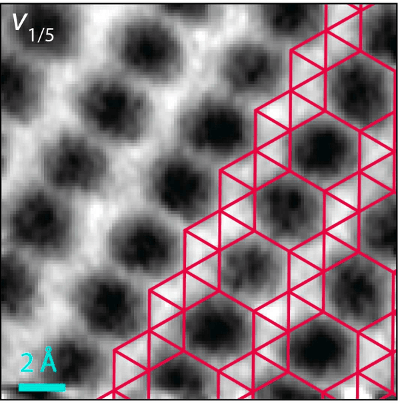
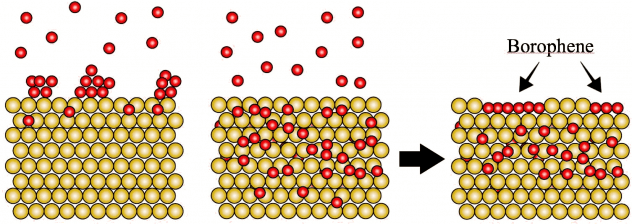
 If you can make a single
If you can make a single 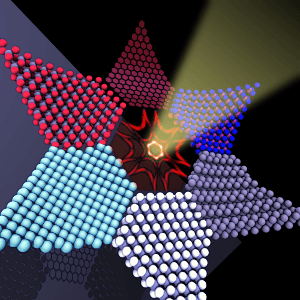 Two-dimensional materials have been a hot research topic since graphene, a flat lattice of carbon atoms, was identified in 2001. Since then, scientists have raced to develop, either in theory or in the lab, novel 2D materials with a range of optical, electronic and physical properties.
Two-dimensional materials have been a hot research topic since graphene, a flat lattice of carbon atoms, was identified in 2001. Since then, scientists have raced to develop, either in theory or in the lab, novel 2D materials with a range of optical, electronic and physical properties.
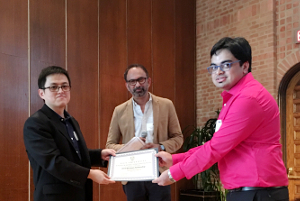 Nitant Gupta, a third-year graduate student in Yakobson’s Group, has received the 2018 Franz and Frances Brotzen Fellowship Award from the MSNE Department. To honor Franz R. Brotzen, the Stanley C. Moore Professor Emeritus of Materials Science and a former dean of engineering, this fellowship was established by David Lee Davidson and his wife, Patricia, and to support an endowed fellowship for graduate students researching in the area of materials science.
Nitant Gupta, a third-year graduate student in Yakobson’s Group, has received the 2018 Franz and Frances Brotzen Fellowship Award from the MSNE Department. To honor Franz R. Brotzen, the Stanley C. Moore Professor Emeritus of Materials Science and a former dean of engineering, this fellowship was established by David Lee Davidson and his wife, Patricia, and to support an endowed fellowship for graduate students researching in the area of materials science.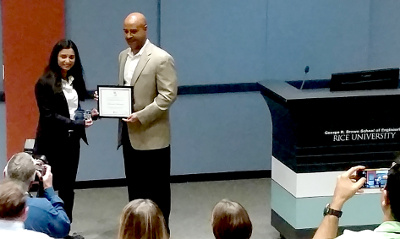 Sharmila Shirodkar, a postdoctoral research associate in Yakobson’s Group, is the recipients of the 2018 Outstanding Postdoctoral Research Award of Rice University’s George R. Brown School of Engineering.
Sharmila Shirodkar, a postdoctoral research associate in Yakobson’s Group, is the recipients of the 2018 Outstanding Postdoctoral Research Award of Rice University’s George R. Brown School of Engineering.